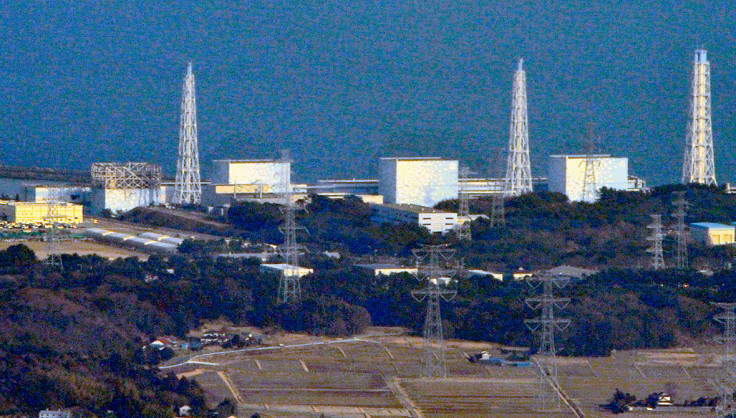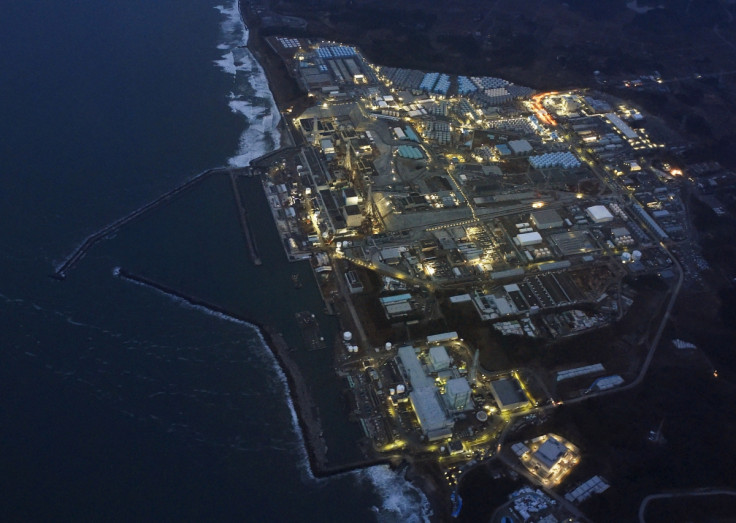Radiation levels at Japan's Fukushima nuclear plant disaster site reach record high
The plant suffered 3 meltdowns as a result of the tsunami on 11 March, 2011.
An area of the Fukushima Daiichi nuclear plant is showing record levels of radiation, the highest since the complex suffered a nuclear meltdown initiated by a tsunami in 2011. The plant operator Tokyo Electric Power Company (Tepco) announced that the containment vessel of the No 2 reactor showed radiation levels of up to 530 sieverts per hour, which can kill a human in under a minute.
Previous analysis of the area back in 2012 showed records of 73 sieverts per hour in the same area. The new discovery, which was made on 30 January, is based on images captured by three manned cameras which were mounted on a robot to gather information about the state of the reactor.

Images also indicated a hole below the pressure vessel, Nekkei Asian Review reported. According to Tepco, the hole may have been the result of nuclear fuel that entered the vessel as it overheated. Loss of reactor cooling functions in the days following the tsunami could have led to the melting of the walkway.
"It may have been caused by nuclear fuel that would have melted and made a hole in the vessel, but it is only a hypothesis at this stage," Tepco spokesman Tatsuhiro Yamagishi told AFP on 3 February.
"We believe the captured images offer very useful information, but we still need to investigate given that it is very difficult to assume the actual condition inside."
The radiation levels could effectively shut down TEPCO's robots that are being used for the investigation in under two hours, AFP reported. However, the operators plan to extend the probe and check conditions by sending a robot to the bottom of the reactor containment vessel.
The Fukushima plant suffered three meltdowns as a result of the tsunami on 11 March, 2011 which destroyed the emergency generators which provided power to cool the reactors. The accident led to one of the worst nuclear disasters since Chernobyl in 1986, and last year, researchers were able to detect radiation from the site all the way in Oregon, USA.

© Copyright IBTimes 2024. All rights reserved.






